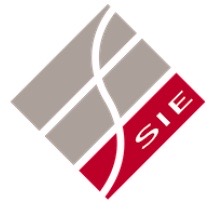Influence of operator experience on apical debris extrusion after endodontic instrumentation with different single-file systems

Accepted: 26 November 2021
All claims expressed in this article are solely those of the authors and do not necessarily represent those of their affiliated organizations, or those of the publisher, the editors and the reviewers. Any product that may be evaluated in this article or claim that may be made by its manufacturer is not guaranteed or endorsed by the publisher.
Authors
Aim: This study evaluated whether operator experience interferes with the amount of apically extruded debris and actual instrumentation time.
Methodology: Seventy-five mesial roots of extracted mandibular first molars were randomly allocated to 6 groups (n=15 each) according to operator experience and instrumentation system used (HyFlex EDM, WaveOne Gold, or Reciproc Blue). Each root was secured in a preweighed Eppendorf tube for collection of debris extruded during instrumentation. Actual instrumentation time and the total amount of extruded debris were recorded. The Shapiro-Wilk test was used to assess data distribution normality, followed by descriptive analysis and the Kruskal-Wallis test with Dunn’s post hoc test. Spearman’s correlation analysis was done too.
Results: There was no significant difference in the amount of apically extruded debris between experienced and inexperienced operators or between the instrumentation systems used. Regarding instrumentation time, a significant difference was observed: HyFlex EDM-inexperienced > WaveOne Gold-experienced. No correlation between extruded debris, instrumentation time, and operator’s experience was found.
Conclusions: All instrumentation systems produced extrusion, with no difference between them or between operator’s experience. Instrumentation time differed only between 2 groups.
Supporting Agencies
Amazon Foundation for Studies and Research Support (FAPESPA)How to Cite

This work is licensed under a Creative Commons Attribution-NonCommercial 4.0 International License.
Giornale Italiano di Endodonzia has chosen to apply the Creative Commons Attribution NonCommercial 4.0 International License (CC BY-NC 4.0) to all manuscripts to be published.


 https://doi.org/10.32067/GIE.2021.35.02.41
https://doi.org/10.32067/GIE.2021.35.02.41







